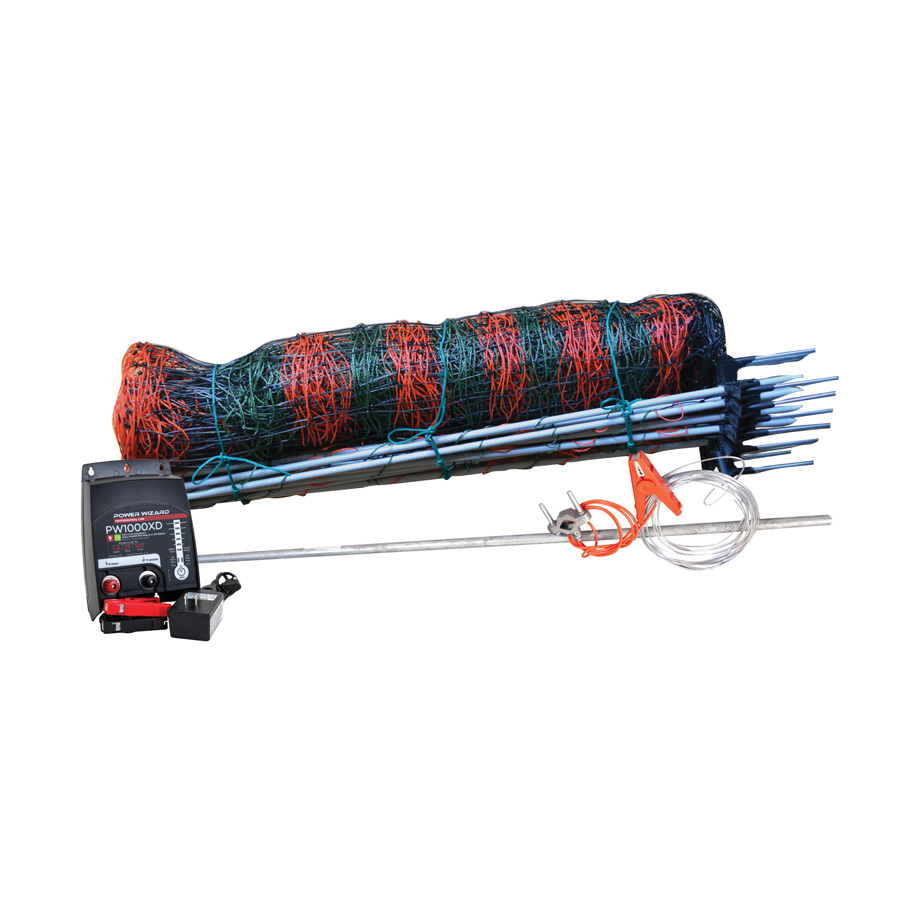Most fences will require two or three grounding rods positioned about 10 ft.
Electric fence ground rod length.
How much grounding do i need.
As a rule of thumb ground rod length is dependent on energizer s joules of output.
Drive the grounding rod at least 3 feet into the ground or all the way in leaving only 3 to 6 inches exposed above ground level.
This is not enough to properly support the electric fence.
The fence charger or energizer is designed to alter the electric charge into a power that is safe for animals and people.
Ground rods should be more than 3 m 10 from each other.
You are now ready to test the energizer ground system.
Do not use copper ground rods as these will lower the effectiveness of the connection.
If the power is not sufficient you may need to add another grounding rod to your electric fence grounding system.
As a result it will not be an effective pain barrier to animals.
The grounding rod for electric fence wire should be around 4 feet long.
Connect the second lead to the ground rod furthest from the energizer.
Higher output means more ground rod s.
Connect one lead of the digital voltmeter to a 12 inch metal stake driven into the ground 3 feet away from the last fence energizer ground rod.
Use the proper type of grounding rod.
This can include one ground rod 8 feet in length fully driven into the earth.
4ft copper grounding rod 3 8 diameter includes ground rod clamp great for electric fences antennas satellite dishes and other grounding needs 4 6 out of 5 stars 130 23 97 23.
The grounding circuit is a critical component of your electric fence and is essential to its proper functioning.
Drive it into ground directly below the charger or at the closest point where ground access is available.
The voltage reading should ideally be zero or no more than 200v.
Our standard recommendation is 3 ft of.
In most cases pipe or rebar can be used.
Install 90 cm 3 of ground rod for every joule of output from the energizer.
Without proper grounding the fence s electrical circuit can not be completed.
Improper grounding is the most common reason for electric fence malfunctions.
Distance from the electrical panel nec article 250 does not specify a minimum or maximum distance between the main.

